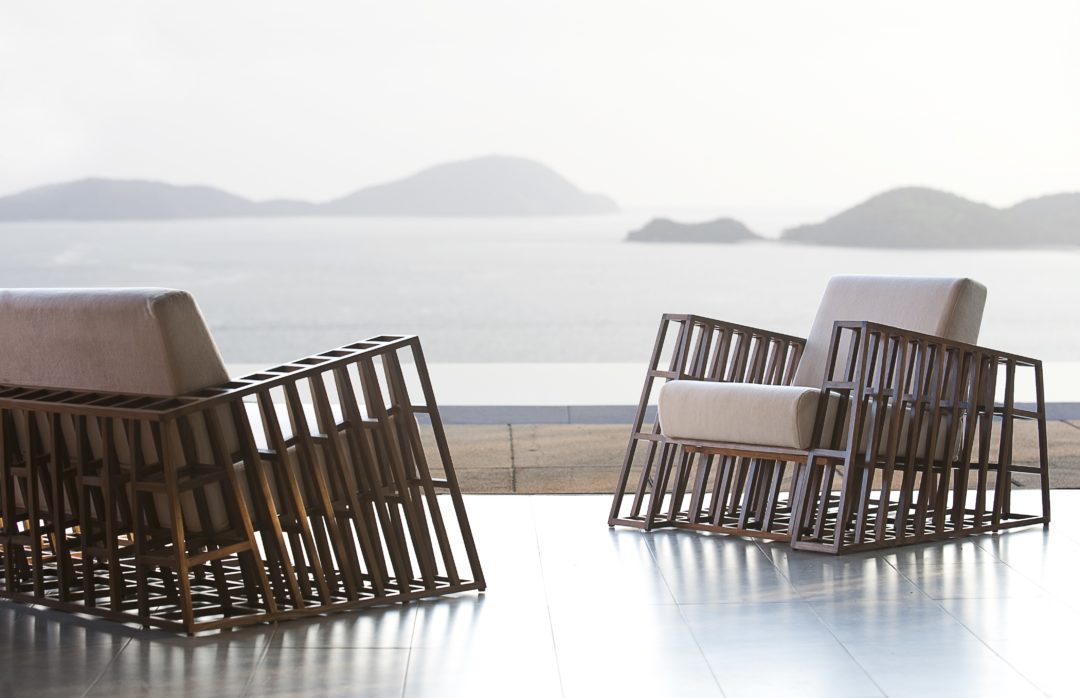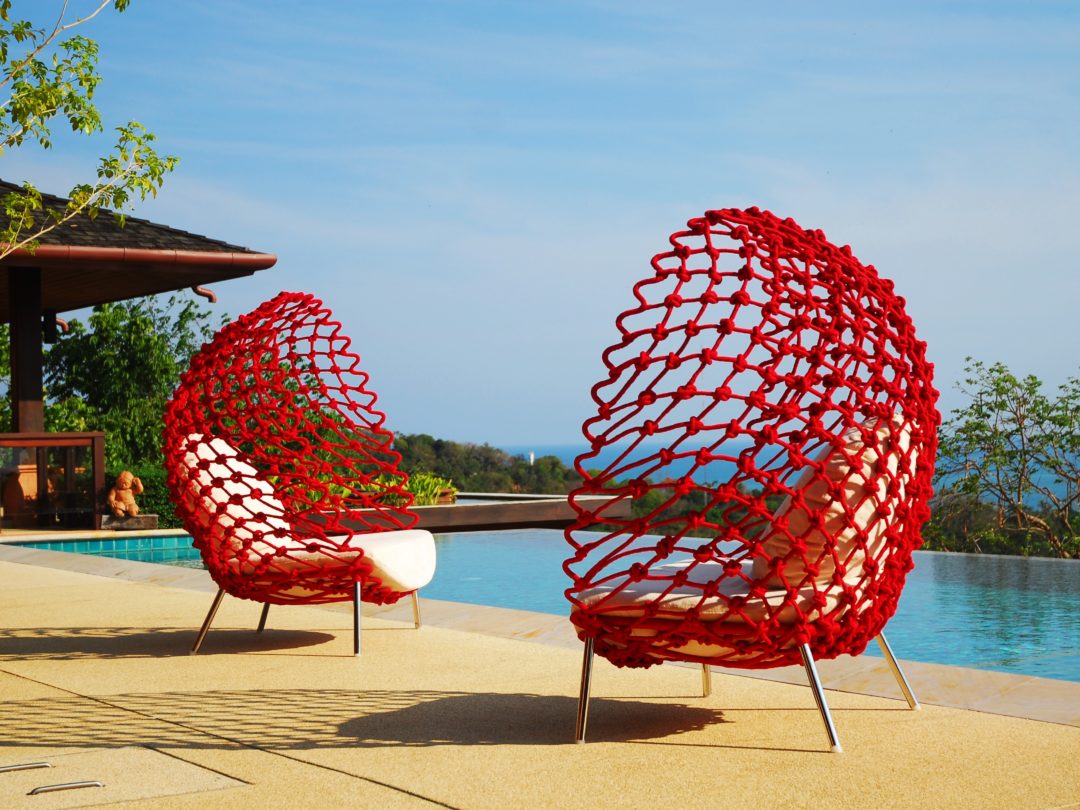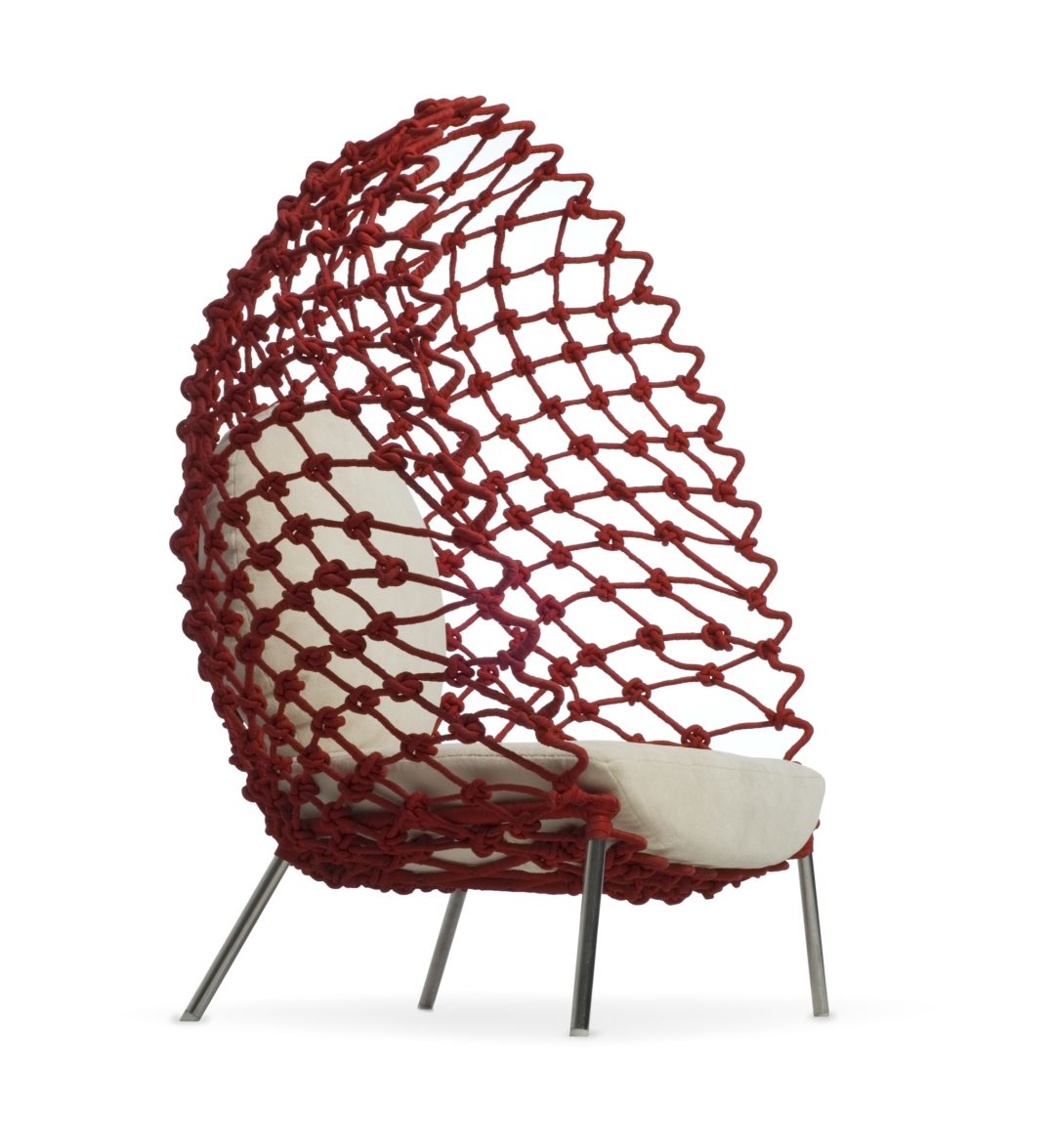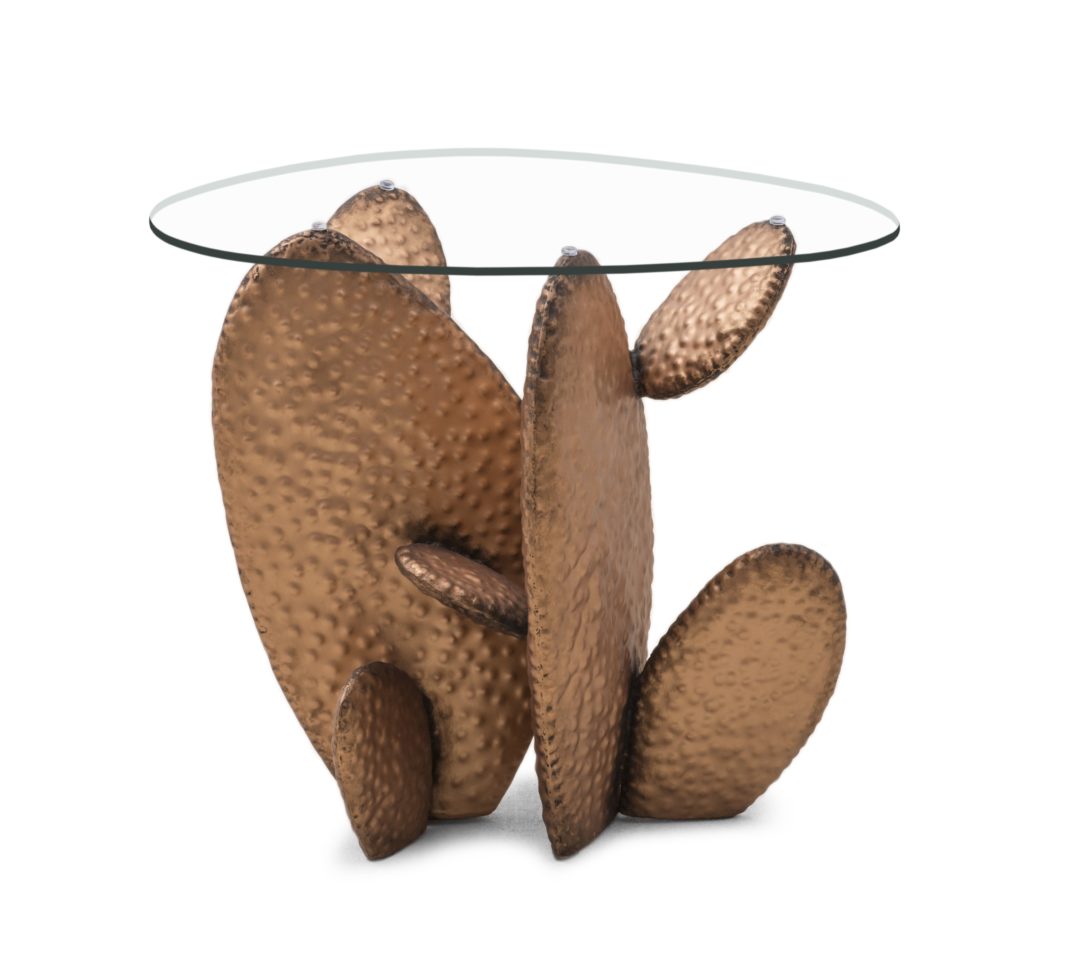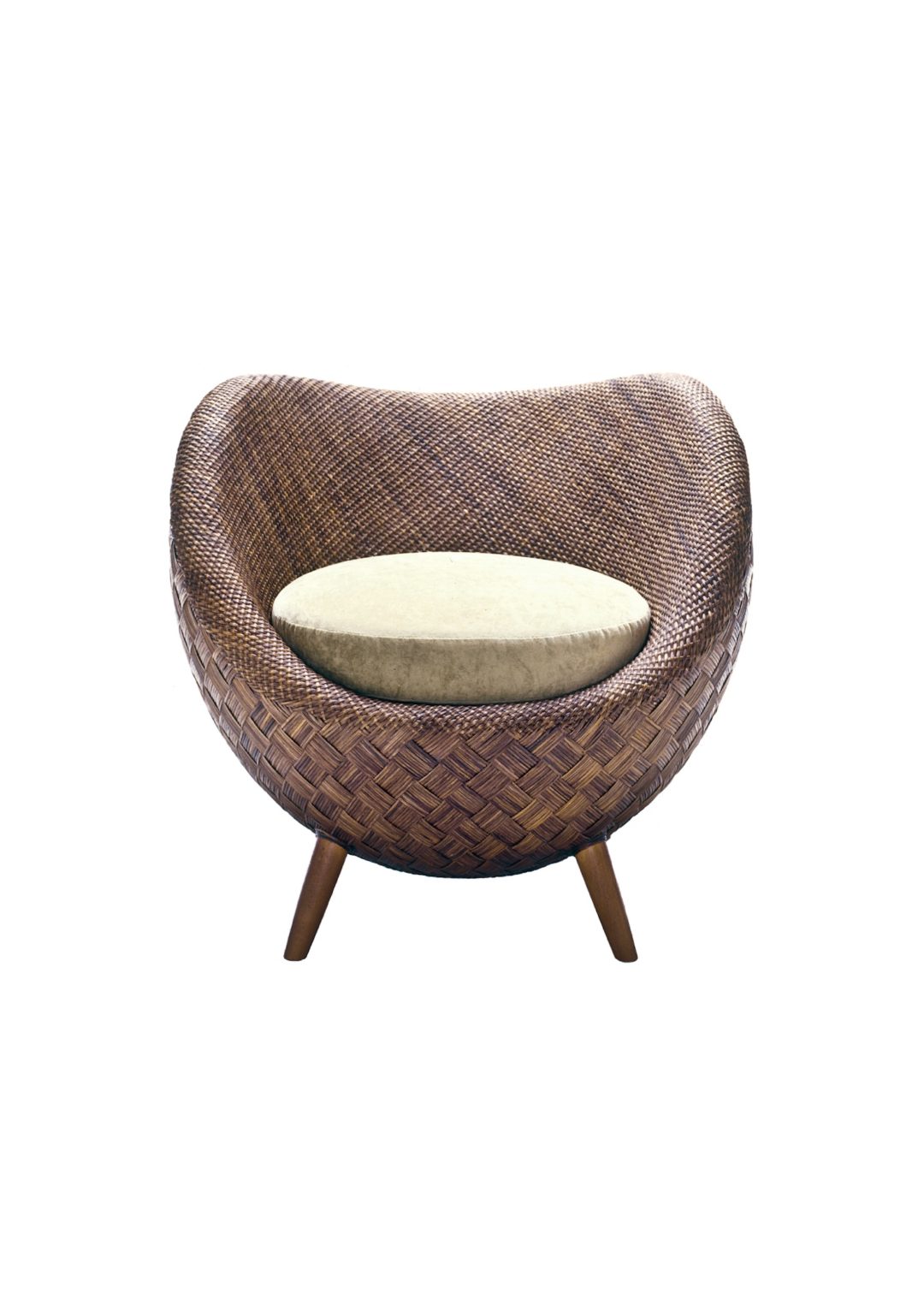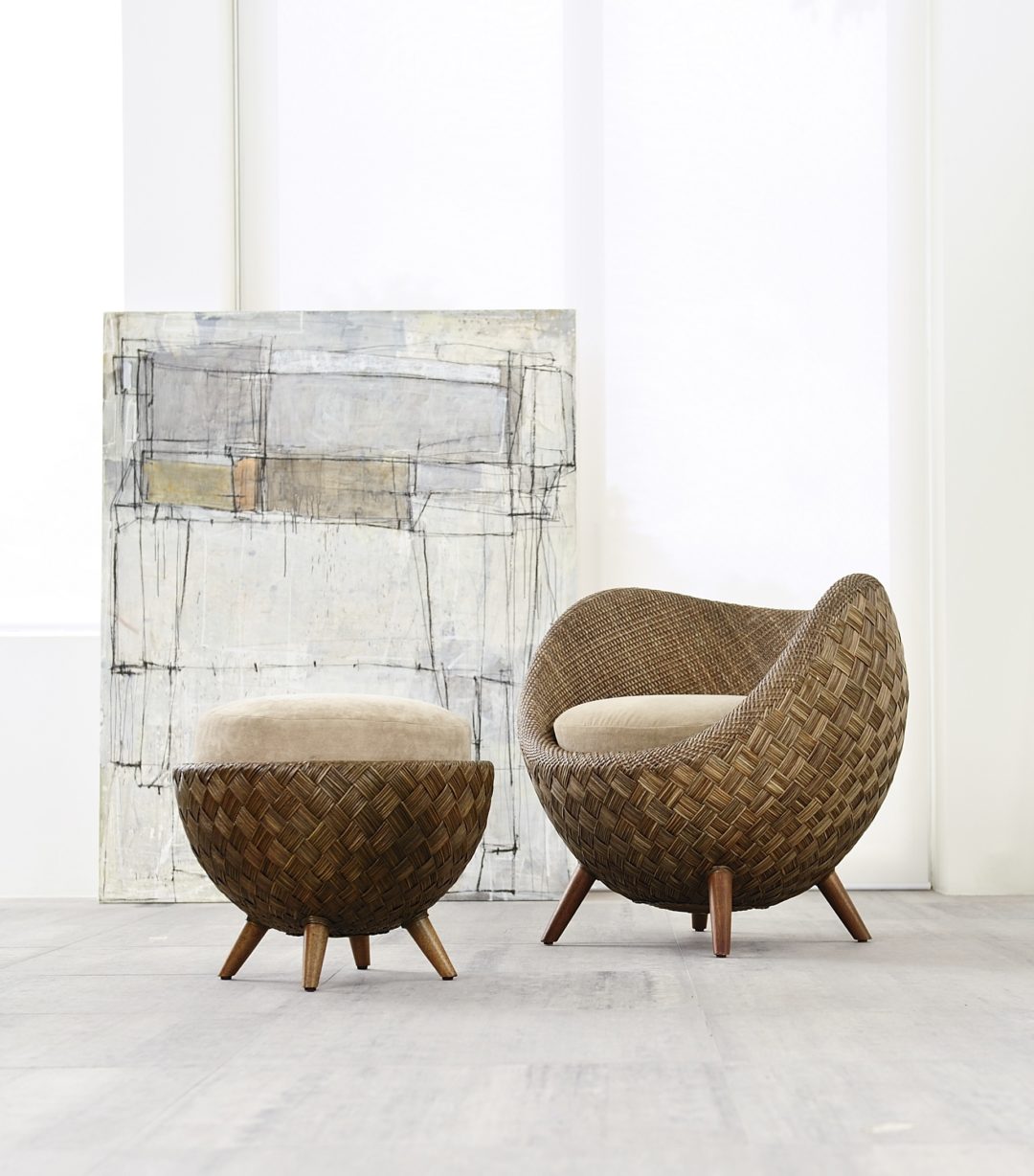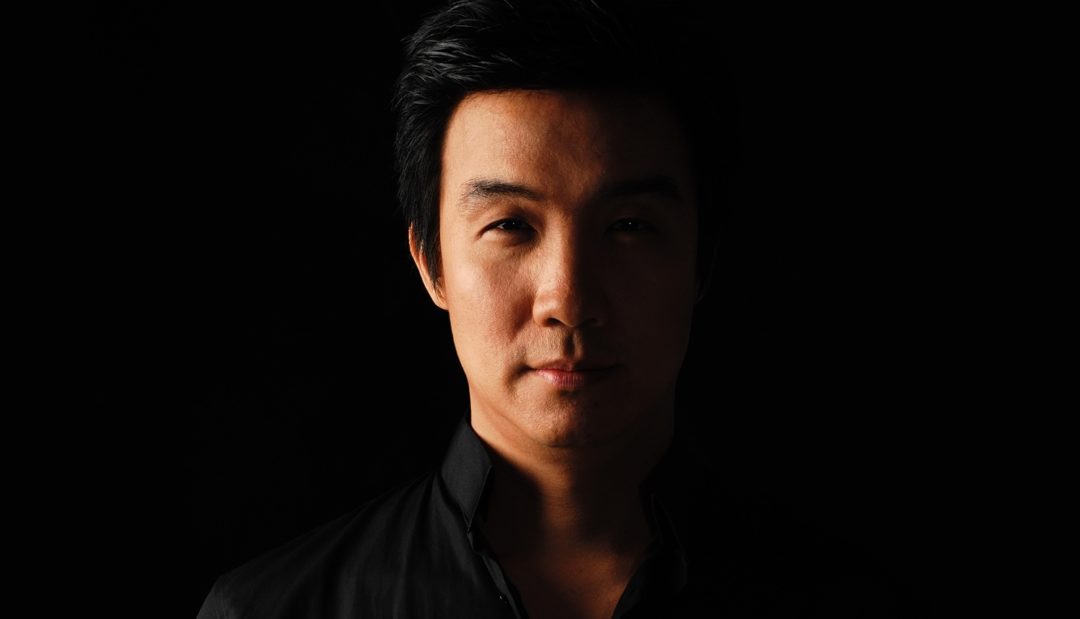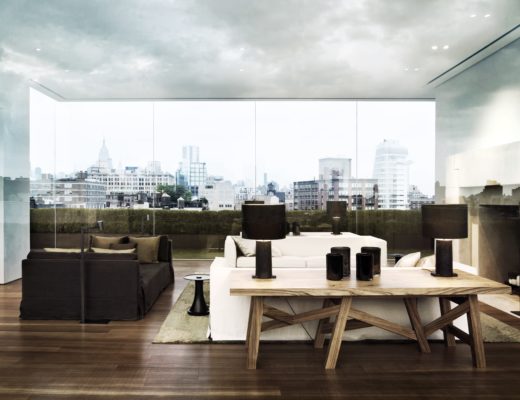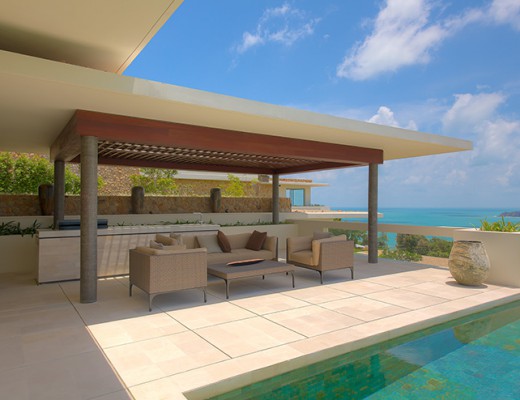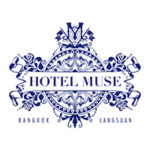– By Maciek Klimowicz –
Whether you’re flipping through a photo album with pictures of contemporary furniture design, or taking a stroll in an interior design showroom, you’re bound to stop in your tracks and take a closer look, when faced with a piece by Kenneth Cobonpue. In fact, you probably did just that, when flipping through this issue of NAA.
What is it about his designs that are so alluring? To an extent, they speak for themselves – their intricate shapes, eye pleasing colours, the materials used in their creation, tell a story of a designer, whose imagination runs amok and whose inspirations can be traced far and wide. But is there more than the first impression? We decided to ask. And who’s a better source of information, than the designer himself?
Kenneth Cobonpue hails from Cebu, Philippines but his passage into design begun away from home, at the Industrial Design at Pratt Institute in New York, back in in 1987. His studies took him also to Florence, Italy for an apprenticeship in leather and wood, followed by studies in Furniture Marketing and Production at the Export Akademie Baden-Württemberg in Reutlingen, Germany, a country in which he also begun his professional career.
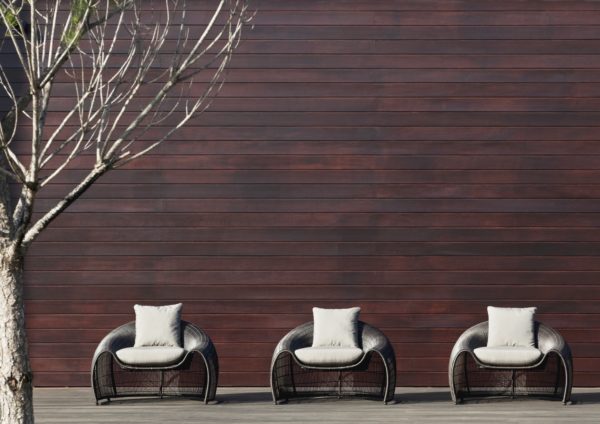
But the roots of Kenneth’s passion for design run much deeper, this passion runs in his blood. It was his mother, Betty Cobonpue, who founded Interior Crafts of the Islands, a furniture design and manufacturing company which Kenneth would end up managing after his return to the Philippines in 1996. More than just a company founder, Kenneth’s mother was also a designer, famous for creating new techniques in working with rattan – her influence can be clearly seen in Kenneth’s pieces.
Working with natural, locally sourced organic materials incorporated into modern designs, Kenneth begun establishing his own, unique style. International recognition and numerous awards followed and include 12 Mugna and 4 Katha Awards for design excellence at the annual Philippine International Furniture Exhibition, The Japan Good Design Award, the first prize at the Singapore International Design Competition, a Golden Shell Award and Asia’s highest award, the Design for Asia Award of Hong Kong, to name just a few.
We could continue to list Kenneth’s achievements, name celebrities who decorated their homes with his designs and Hollywood blockbusters in which his pieces can be seen. But instead, we give you Kenneth Cobonpue, in his own words.
Maciek Klimowicz: Over the years you have created dozens of pieces, using a variety of styles and materials. Is it then possible to define a ‘Kenneth Cobonpue style’?
Kenneth Cobonpue: Nature-inspired organic forms and open weaves that allow light and air to pass through have become the hallmark of my design aesthetic. However, I work hard to avoid getting boxed in a signature style, because I believe that design is a living process, forever transforming in response to the changing world. Having a singular philosophy has a tendency towards repetition. Sticking to a winning formula, while safe, can only kill creativity and innovation.
MK: What about your inspirations?
KC: I design according to my taste, which evolves along with what inspires me. I find inspiration absolutely everywhere, from the most mundane things around me every day to the most exotic locales I’m privileged to visit. I find that in constantly searching for inspiration everywhere, all the time, the mind somehow becomes more open to finding it, and the ideas flow faster as a result.
The one common factor in all of my pieces, however, is the production process, which is primarily handmade. The inspiration I find in the strength of the human spirit is one commonality that will never change.
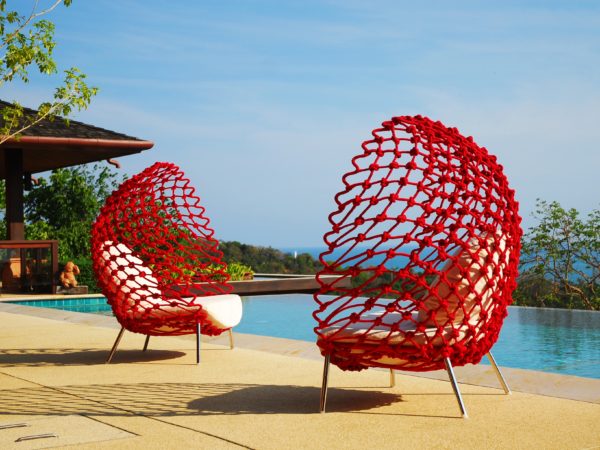
MK: Your projects have been described as an “alternative to the Western definition of modern design” – can you elaborate on that? In what sense is your design such an alternative?
KC: Asian design is characterized by meticulous craftsmanship distinctly made by hand, not born from a machine. There are many natural materials found in our region that are warm, exciting and beautiful. I found beauty in the materials in the Philippines, and I wanted to harness the skills of my people. Doing so resulted in a very original aesthetic that differed from what we know as Western design. My pieces are a refreshing alternative to the mass produced plastic furniture that we see everywhere.
MK: You’ve been named the leader of a new movement, incorporating new technologies with crafts; can you tell us more about that movement?
KC: I studied Industrial Design at the Pratt Institute in New York and my training revolved around design for mass-production, using sophisticated technology. When I returned to the Philippines, everything was fairly low technology and made by hand. I learned to adapt to the handmade skills of my people and experimented with the natural materials that I grew up with. Working on new designs has encouraged me to discover new techniques of working with these materials. Every design I make requires a unique production method, which drove me to apply new techniques on my own. I am always drawn to explore the possibilities of working with other materials, which adds a new dimension to my work.
MK: And finally, do you have a favourite material to work with and why that one?
KC: I love to work with rattan and bamboo because we are now only beginning to understand the immense potential of these two materials in the fields of architecture and product design. I like to work with natural materials not only because they are sustainable but because of their aesthetic and technical character. They provide texture, warmth and strength to my designs.
Find out more on kennethcobonpue.com
